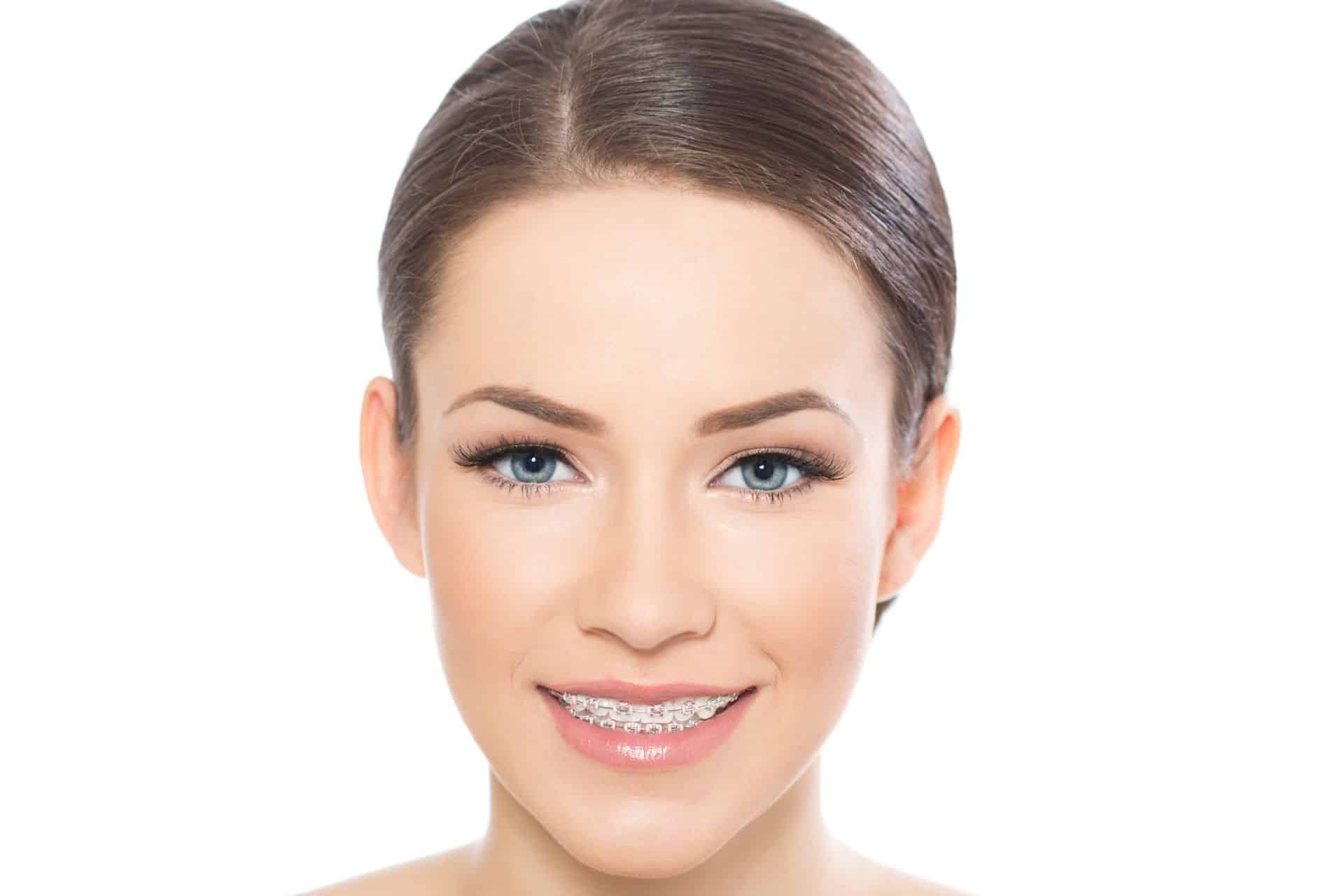Braces vs Invisalign: Learning About Your Options for a Straighter Smile

This guide from Dr. Joseph Ryan, will help you understand how each one works and what to think about when choosing the best one for your smile.
What Are Braces and Invisalign?
Braces
Braces use metal or ceramic brackets (small squares) that are attached to your teeth. A wire connects the brackets, and over time, this wire gently moves your teeth into the correct position.
- Braces stay on your teeth all the time
- Your orthodontist adjusts them regularly
- You can choose colorful bands to personalize your smile
Invisalign
Invisalign uses a series of clear plastic trays, called aligners. These trays fit over your teeth and move them slowly, just like braces.
- Aligners are removable—you take them out to eat or brush
- They are almost invisible when worn
- They are custom-made for your mouth using a 3D scan
What Do Braces and Invisalign Help With?
Both braces and Invisalign can fix:
- Crooked teeth
- Gaps between teeth
- Crowded teeth
- Bite problems (like overbite or underbite)
Invisalign is best for mild to moderate problems.
Braces work better for serious or more complex cases.
Braces vs Invisalign: How Do They Affect Your Daily Life?
Eating
- Invisalign: You take them out when you eat, so you can eat most foods.
- Braces: You need to avoid sticky or hard foods like gum or popcorn.
Cleaning Your Teeth
- Invisalign: Easy to brush and floss like normal—just take out the trays.
- Braces: You need to brush around the brackets and use special floss tools.
Comfort
- Invisalign: Smooth and gentle, but you may feel tightness when switching trays.
- Braces: May cause soreness after adjustments and can irritate the inside of your mouth at first.
Appearance
- Invisalign is almost invisible.
- Braces are more noticeable, but clear or tooth-colored options are available.
How Long Does Treatment Take?
- Invisalign usually takes 6 to 18 months.
- Braces often take 18 to 24 months, sometimes longer.
Time depends on how much your teeth need to move. Both treatments are usually followed by wearing a retainer to keep your teeth in place.
How Much Effort Is Needed?
Invisalign:
- Must be worn 20–22 hours a day
- You need to remember to put them back in after eating
- You must keep the trays clean
Braces:
- Always on your teeth, so no risk of forgetting
- Need careful brushing and flossing
- You may need to wear elastic bands to help with bite correction
How Much Do They Cost?
Costs vary depending on the treatment and where you live. Sometimes Invisalign costs a little more than braces. Many dental insurance plans help cover part of the cost, and most orthodontists offer payment plans to make treatment more affordable.
Talk to Dr. Joseph Ryan
The best way to find out what’s right for you is to see Dr. Joseph Ryan. He will:
- Check your teeth and bite
- Explain which option fits your needs
- Answer your questions
- Help you start your journey to a better smile
The More You Know, the Better Your Choice
Whether you choose braces vs Invisalign, both can give you a healthy, beautiful smile. The right choice depends on your teeth, your lifestyle, and what works best for you.
If you’re ready to learn more, book a visit at McAllen Orthodontic Group. A great smile is always worth it.